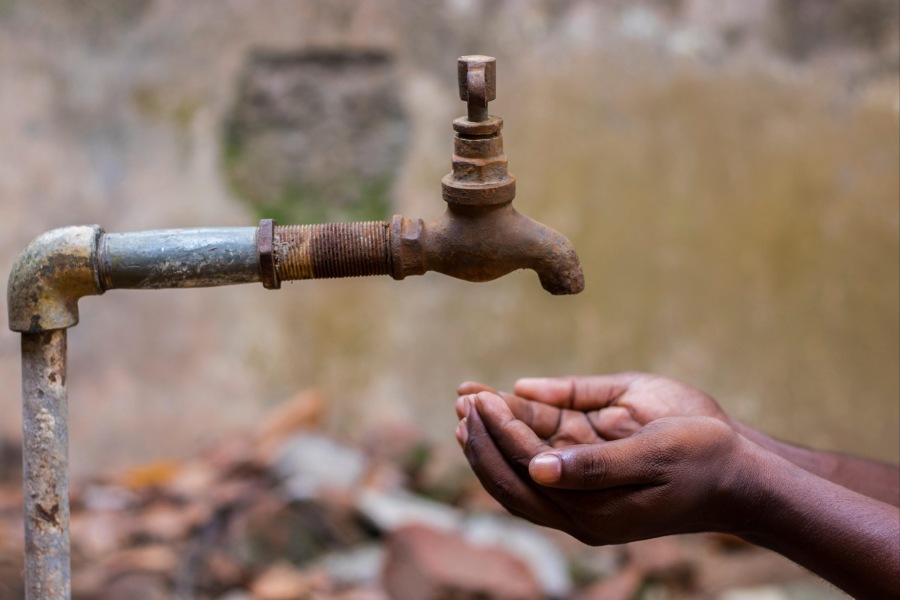Let us begin by reconsidering a few facts. The Indian subcontinent covers less than 3% of the planet’s landmass but is home to almost a quarter of the world’s population; less than 3% of the water available on earth is freshwater, nearly 70% of which is frozen, and much of the rest is in the form of groundwater. Even this tiny amount of renewable freshwater is mainly available in Brazil, Russia, Canada, Indonesia, China, Colombia and the US.
Nearly 60% of the world population residing in Asia is dependent on only about 28% of the global renewable freshwater resources. If we consider India, the situation is particularly alarming: nearly 18% of the world’s population depends on less than 4% of the world’s renewable freshwater resources.
Three interrelated questions emerge from the above facts. First, what explains the potential of Asia and the Indian subcontinent to support such large populations with relatively scarce water resources? Second, how is India managing the increasing freshwater demands of its large population and growing urban economies? Third, how should India ensure water security in the era of climate change?
The answer to the first question is the ‘monsoon’. Over 80% of the water in the Ganga-Brahmaputra-Meghna basin is just seasonal rainwater associated with the monsoons. Monsoon rains not only renew freshwater resources in the subcontinent but also redistribute sediments through the flood events in the rivers originating in the Himalayas. The fertility of the agricultural lands is renewed through such events; water is also stored in natural depressions in the landscape for use during the dry season.
The answer to the second question lies in two phases. First, the State-led expansion of the colonial technological marvel that dammed rivers and built massive canal networks to distribute water. Second, individual-led investments in borewells to tap
groundwater at the point of use.
The use of groundwater as a key source of freshwater began in the 1970s when the population was about 550 million. Steep population growth, accompanied by steeper economic growth, has been made possible by groundwater extraction, which now accounts for over 60% of irrigation water and 85% of all drinking water. Groundwater, however, is a resource that is depleting rapidly. The extraction of groundwater in India is more than that of China and the US — the next two major extractors in the world — combined, and the rate is accelerating.
Which brings us to our third, and final, question — what should be done? Again, the answer lies in two parts: first, learning from traditional methods that sought security from seasonal vulnerabilities, we need to expand storage — both surface and sub-surface. Managed aquifer recharge is common in parts of the US, Europe and Australia but remains insignificant in the subcontinent.
Given the unprecedented scale and the complexity of the problem, a second, more systemic, approach is required to complement local solutions like enhanced storage. A National Drinking Water Grid could commence with a ‘backbone’ designed to transfer water from areas of abundance to areas of scarcity. The South-North Water Transport Project in China is worth studying since it also seeks to transfer waters from the monsoon-fed areas of southern China to drier regions in the north.
A National Drinking Water Grid is expected to catalyse economic efficiency at scale even if we discount the costs of maintaining essential services. Buying water from a distance is bound to be more expensive, incentivising local governments to manage their water resources more efficiently. Multiple options would not only expand choices for citizens but also incentivise appropriate actions. Competition among potential suppliers will spur innovations to conserve, store, and transport water resources efficiently.
A National Drinking Water Grid will also be a more environmentally desirable option since, unlike the river linking project, it will have minimal impact on aquatic ecosystems and biodiversity. Gujarat, with over 700 km of drinking water pipelines, already provides a model.
Somnath Bandyopadhyay is a development ecologist











